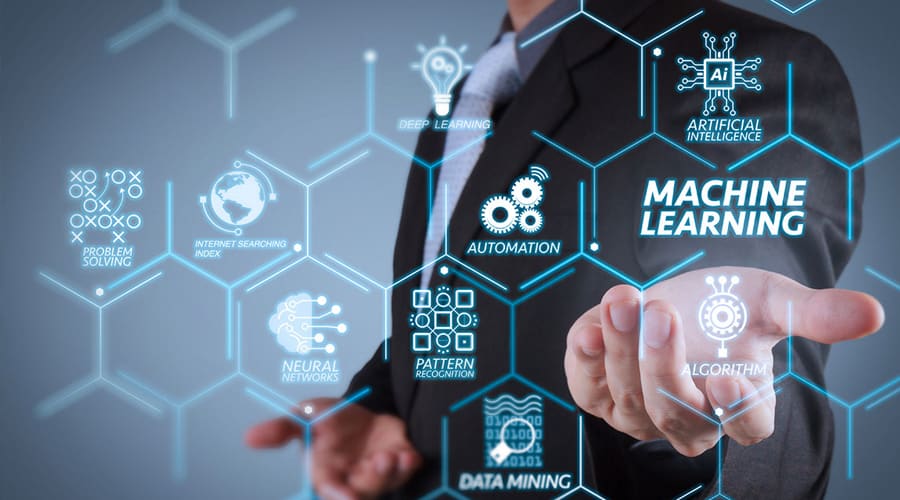
The successful adoption of automation technology significantly reduces manual tasks. It manages infrastructure and frees up human workforces to focus on valuable tasks. AutoML, or automated machine learning, does the same for machine learning. AutoML typically refers to the ability to automate the process of integrating machine learning into real-world problems, eliminating the need for data scientists. But it doesn’t mean it is going to replace data scientists as it has become a common question when it comes to AutoML. It will, however, help power data science workflows and assist data scientists and let them focus on investing their valuable time on tasks that are more challenging, creative and difficult to automate.
For modern machine learning systems, it is quite common to hear people refer to it as “black boxes”. However, in the last few years, the systems have begun diverging away from it and instead using simpler models that are easier to construe. As complex models can be hard to interpret, it is difficult to know when a model is introducing bias. This is where AutoML comes in, exacerbating the black-box model’s problem by hiding the mathematics of the model and performing data cleaning, feature selection, model selection, parameter selection.
Many businesses seek to leverage AutoML as a tool that can bolster data scientists’ productivity. It provides the ability and effectiveness of applying advanced models to everyone, including data scientists, analytics professionals, business analysts, and others.
According to a Forbes article, first-generation AutoML platforms have focused on automating the machine learning part of the data science process. However, one of the most challenging parts of a traditional data science workflow is the highly manual step known as feature engineering. It significantly involves connecting data sources and creating a flat “feature table” with a rich, diverse set of “features” that are assessed against multiple ML algorithms. Feature engineering’s challenge is that it requires an elevated level of domain expertise to ideate new features. It is very iterative as features are evaluated and rejected or chosen. New platforms, however, have recently emerged that provide additional capabilities and automation aimed at solving this challenge. Platforms with “Automated Feature Engineering” capabilities now allow for the automated creation of feature-tables from relational data sources as well as flat files.
Enhancing Data Science Workflows with AutoML
There is no wonder that automated machine learning has the potential to surpass data scientists. AutoML tools have advantages over data scientists in speed and risk reduction. But automated machines have not yet reached the human brain’s intelligence. For instance, humans could bring a level of nuance, intuition and inventive problem-solving capability to the process that machines simply cannot perform.
Thus, automated machine learning can only augment human capabilities. And by applying it to their business processes, companies can foster their data science workflows. By embracing AutoML, data scientists will have the ability to deep dive into ML capabilities and become more capable and effective at what they do.
Share This Article
Do the sharing thingy
About Author
More info about author
Source: https://www.analyticsinsight.net/how-automated-machine-learning-could-power-data-science/